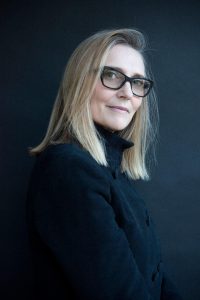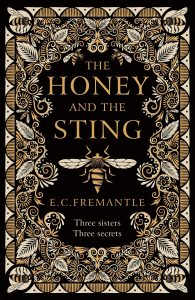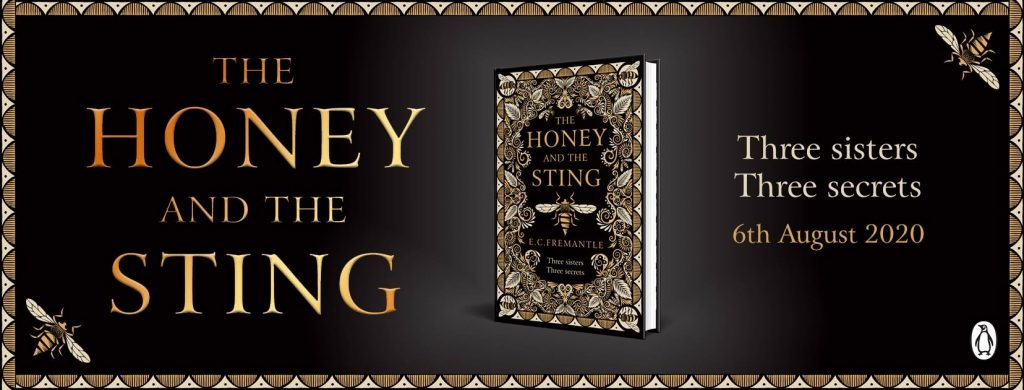E.C Fremantle is the author of the Tudor Trilogy, (‘Queen’s Gambit, Sisters of Treason and Watch the Lady’) and the Stuart era ‘The Girl in the Glass Tower’ and ‘The Poison Bed.’
Her new novel, ‘The Honey and the Sting‘ is published in the UK on 6th August.
To buy in the UK:
Follow E.C Fremantle on Social Media:
E.C Fremantle’s website: www.elizabethfremantle.com
Twitter: Elizabeth (EC) Fremantle@lizfremantle
Facebook: E.C Fremantle
Many thanks for answering my questions.
Why did you choose this subject for your book?
Actually it’s a rather complicated question to answer. I originally set out to write about the scandal of the Duke of Buckingham when he was accused by a royal doctor of murdering his lover, James I. I wanted to thread it through the story of Frances Coke, an heiress who had been forcibly married to Buckingham’s insane brother and who went into hiding with her son in the wake of Buckingham pursuing her with a charge of adultery – very serious in those days.
I simply couldn’t make the two threads chime together so Frances became three fictional sisters and the royal doctor with his accusation was abandoned in favour of focusing on Buckingham’s later years.
Does ‘The Honey and the Sting’ link to ‘The Poison Bed’?
I had always set out to write about a pair of thrillers each one focusing on an infamous Stuart murder that concerned the favourites of James I. The Poison Bed is set around the Thomas Overbury poisoning and without giving too much away The Honey and the Sting is about another notorious killing but my approach is quite differen
Why did you choose to have four narrators?
Actually, there are three, though I can see how it might seem to be four. I find I usually like to tell a story from different view-points, this way you can build up dramatic irony, with the reader party to information that the characters aren’t aware of. It builds a wonderful tension to propel the story.
Which of the sisters did you enjoy writing the most?
In fact, it was Felton whose voice came most easily to me. I found the sisters much more difficult to write. Probably because they came into the scheme so late.
Unlike your previous books, the Royal court is not included. Why did you decide on a different setting?
In my first draft there had been a good deal of flashback material set in the court but it was cut for pace. I was keen too, to write a story that was set around ordinary women. Yes, their lives are impinged upon by the goings on at court but they are distant and have no agency over matters of power. This was new and interesting territory for me.
Without giving anything way, is there more than one ‘wasp in the nest’?
I think that’s for the reader to decide.
Can you tell us any details about your next novel?
I’m very excited to be writing a novel set in early 17th century Rome. It is about the painter Artemisia Gentileschi who was the most accomplished female painter of the period and has a fascinating story. A huge exhibition of her work at The National Gallery was postponed because of lockdown but, if all goes well, it will open in October and we will all be able to see her remarkable body of work in one place. It is called A Lesson in Perspective and inspired by an extraordinary and violent painting of hers which seems to be a response to an event in her early life. One of my main themes is the jealousy of a parent for their child.




































